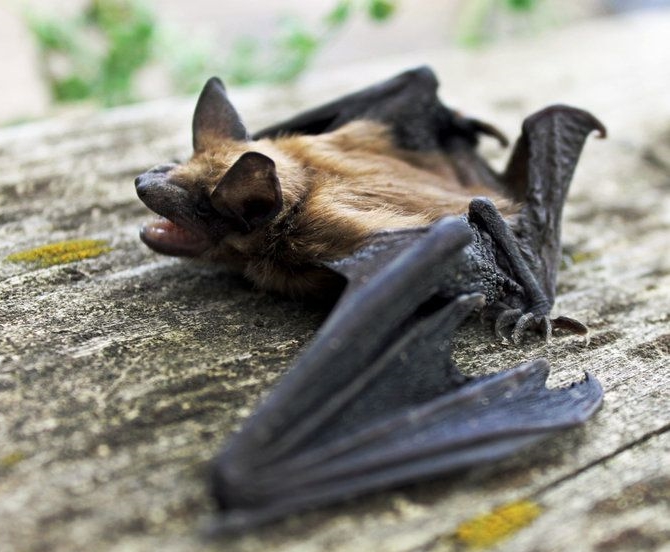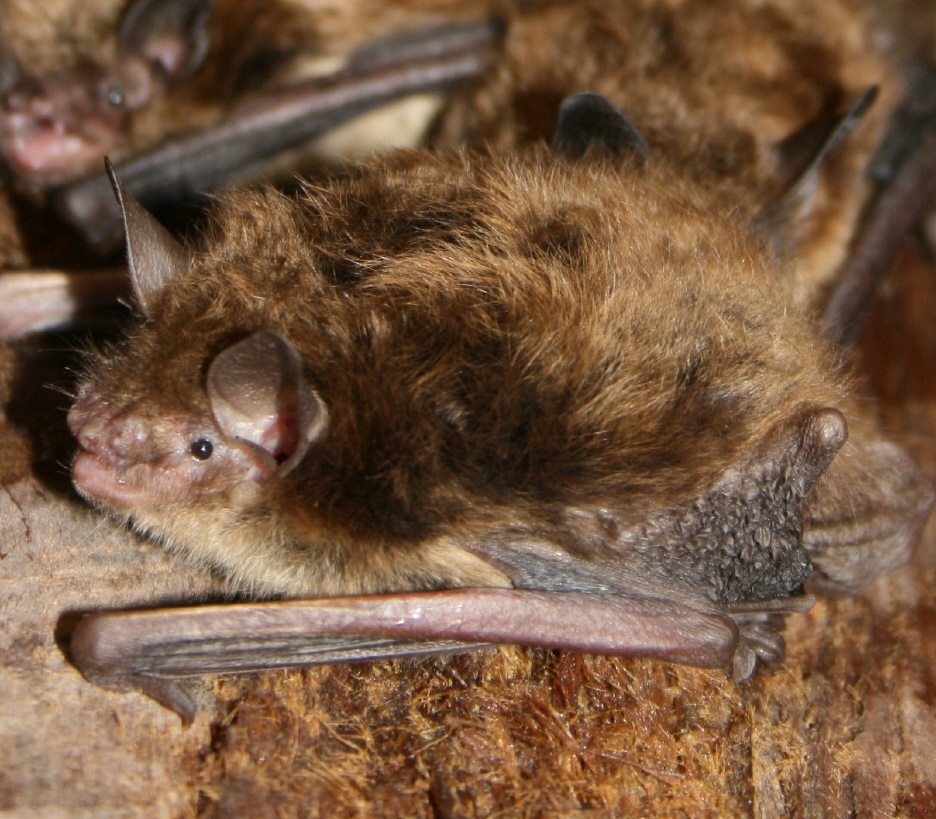Bats can be scary if you have them lurking in your home but they are very important to our eco system.
The Nature of Bats
How did they find their way into your home?
For the most part bats do not intentionally find their way into your home. They often use entry points we intentionally leave open such as a door or window and unfortunately most houses have spaces that are unintentionally left open. Unintentional entry points include small openings or narrow gaps that lead to attics or cellars. They can also enter under loose-fitting doors, through gaps around windows, ridge caps, and utility vents. Like any other animals, bats are looking for a home & unfortunetly the spaces in your attic & walls provide a cozy environment.
Wisconsin Bats
According to the Wisconsin DNR records there are 8 species of bats native to Wisconsin. All bats are mammals and most bats in Wisconsin are either endangered or on the "watch" list. Bats are very important to our environment. They help control pests (insects) & are pollinators and are natural seed-dispersers for countless plants. As predators of biting insects, bats may also play an important role in reducing risk of insect-borne diseases, such as the West-Nile Virus. A small colony of bats can eat over one ton of insects in one year, or more than 600 million bugs. A single bat can eat more than 1,000 mosquito sized bugs in one hour. For now, Wisconsin's bat population is stable, and it's important for us to try and keep it heading in the right direction.
The most common species I deal with in regards to bat abatement are the Little Brown & Big Brown.
Little Brown: The nose of the Little Brown bat is short and almost entirely covered with fur. It also looks "smooshed" and is very short. They are brown in body color with darker wings. Little brown bats are a migratory specie. Frequently found in tree hollows near rivers, lakes, or marshes and buildings during the summer, it often roosts with big brown bats. In winter, it flies to the nearest suitable cave or abandoned mine to hibernate. Male and female little brown bats in WI begin to leave hibernacula in april, and often migrate great distances to reach their summer roosting sites. Studies show that these bats can travel to migrating distances of up to 280 miles. Females begin forming maternity colonies in late April and early May. Little brown bats rarely give birth to more than a single pup ( term for a baby bat ) in June or July after a 50 day gestation period. Each pup will nurse for about a month and will begin to fly after 6 weeks.
Big Brown: This is one of the most common and widespread species of bats in North America. The nose of the Big Brown bat is generally longer then that of the Little Brown bat. It has a dark brown dorsal fur coat and may have light-brown ventral fur. The space from the ear-lobe to the tip of the nose if almost fur-less. During the summer months, big brown bats are found in various habitats including mixed landscapes of deciduous woodlands, farmlands, edges near water and urban areas. Female big brown bats may form large colonies in bat houses and buildings over the summer. More tolerant of cold conditions than other Wisconsin bats, it is the only one that commonly overwinters in walls and attics. It also hibernates in caves and abandoned mines. During the winter months, they are found in natural and manmade structures such as caves, mines and human dwellings. The big brown bat is insectivorous and feeds primarily on small beetles found among tree foliage. Mating occurs in the fall at cave and mine entrances and females store sperm until the spring. One to two pups are born in early June and mature after six weeks.
Maternity Season
The DNR has requested that no bat proofing be done from May 1st - Aug 31st without abiding by the following guidelines.
Living Space or Place of Work
A living space is defined as a place of residence that is routinely and consistently inhabited. A living space does not include attics that are empty or used as storage. If individual bats (5 or fewer) enter a living space or place of work, reasonable attempts must first be made to remove or exclude the bats alive and unharmed). If individual bats cannot realistically be removed unharmed, up to 5 bats may be killed for the purpose of removing them from a living space or place of work. No more than 5 bats may be killed within any 24 hour period and a maximum of 10 bats may be killed from June 1 – August 15 (take report required). Removals and exclusions from June 1 – August 15 are allowed in hospitals, medical clinics, day cares centers, nursing homes, assisted living facilities and restaurants.
Storage Areas, Attics, Barns, etc.
Bats found in storage areas, attics, barns, etc., may be excluded from the area August 16 – May 31. Exclusion may not occur from June 1 – August 15 unless a health exemption report form is filed.
This request must be completed and submitted within 5 working days from the start of exclusion of bats from buildings on your property. Failure to do so may result in a fine and/or imprisonment or forfeiture under the provisions of applicable laws including s. 29.604(5), Wis. Stats. Personal information collected will be used for administrative purposes and may be provided to requesters to the extent required by Wisconsin's Open Records Law (ss. 19.31-19.39, Wis. Stats.).
Health Exempt Report Form
http://dnr.wi.gov/files/PDF/forms/2300/2300-330.pdf
Please Note.
Practices that cause intentional take of the bats (i.e., sticky traps, sealing the entry/exit points to the roost with bats inside, large-hole netting that traps bats) are not considered exclusion methods, are not covered under this Permit/Authorization and are in violation of Wisconsin’s Endangered Species Law (s. 29.604, Wis. Stats.).




